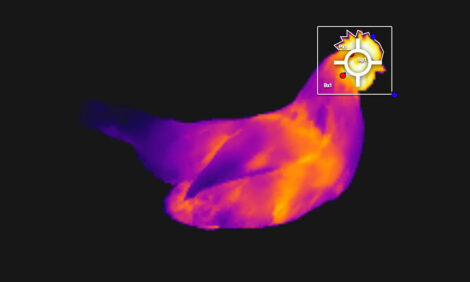



Effects of Lead Contamination in Feed on Laying Hens
As well as accumulating in the albumen and organs, lead at excessive levels disturbed the reproductive hormones in laying hens in a recent Chinese study.In a paper in Journal of Applied Poultry Research, C. Yuan and colleagues at Zhejiang University used a total of 576 Hy-Line Brown hens, 40 weeks of age, randomly allotted to four groups, each of which comprised four replicates of 36 hens.
The groups were given a basal corn-soybean meal diet supplemented with 0 (control group), 15, 30 or 60mg lead per kg of feed.
No differences were observed for laying rate and FCR among the treatments, whereas adding 15, 30, and 60 mg/kg of lead decreased average daily feed intake.
Lead concentrations in albumen, yolk, liver, kidney, oviduct and ovary of the treatment groups were higher than those of the control group.
The highest addition of lead (60mg per kg) resulted in increased levels of serum urea nitrogen, urea acid and glutamic oxalacetic transaminase activity.
Levels of serum progesterone, follicle-stimulating hormone, and luteinising hormone in the control group were significantly higher than those of the treatment groups.
In conclusion, Yuan and colleagues said that they found lead concentrations in tissues and eggs to be positively correlated with dietary lead levels, adding that lead may affect the reproductive performance of hens by reducing the levels of endocrine hormones.
Reference
Yuan C., H.H. Song, Y.J. Jiang, M.M.M. Azzam, S. Zhu and X.T. Zou. 2013. Effects of lead contamination in feed on laying performance, lead retention of organs and eggs, protein metabolism, and hormone levels of laying hens. J. Appl. Poult. Res. 22(4):878-884. doi: 10.3382/japr.2013-00801
December 2013








